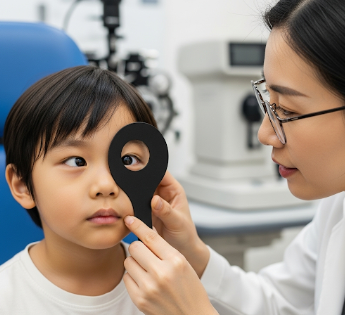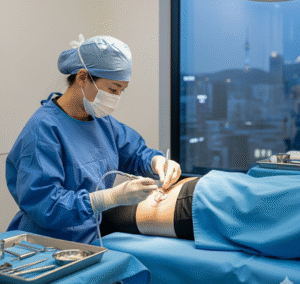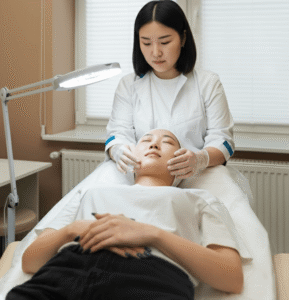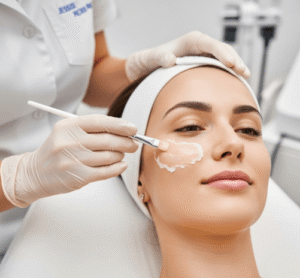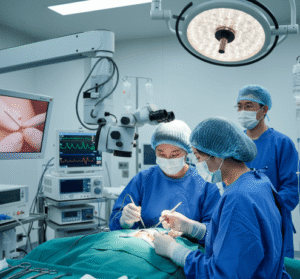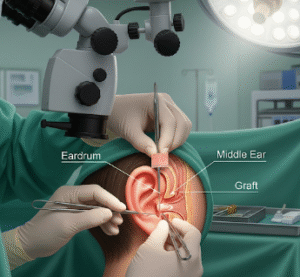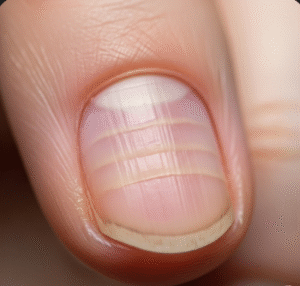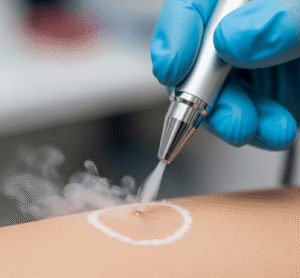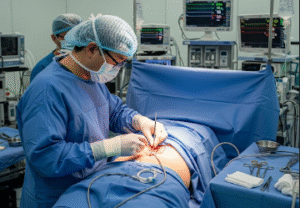Overview
Correcting a squint in children, also known as pediatric strabismus surgery, is a procedure designed to realign the eyes so they work together properly. A squint occurs when a child’s eyes do not look in the same direction, which can lead to amblyopia (lazy eye), impaired depth perception, and visual development issues.
In South Korea, pediatric squint correction is performed in leading ophthalmology centers with specialized pediatric eye surgeons. Using microsurgical techniques and modern anesthesia, Korean hospitals ensure both functional and cosmetic improvement, along with comprehensive post-operative care and vision therapy for children.
What is Correcting a Squint in Children?
Pediatric squint correction is a surgical procedure that adjusts the eye muscles to correct misalignment.
Key points:
- Targets the extraocular muscles that control eye movement.
- Aims to improve binocular vision and prevent visual development issues.
- Can involve weakening, strengthening, or repositioning muscles depending on the type of squint.
- Performed for functional or cosmetic reasons, or both.
Indications for surgery:
- Persistent strabismus from infancy or early childhood
- Amblyopia or impaired visual development
- Diplopia (double vision) in older children
- Cosmetic concerns affecting social development
- Eye strain or headaches related to misalignment
What are the Benefits?
Squint correction in children provides both visual and developmental benefits:
✔ Corrects eye alignment for normal binocular vision.
✔ Prevents or treats amblyopia (lazy eye).
✔ Improves depth perception and visual function.
✔ Enhances appearance, confidence, and social interactions.
✔ Minimally invasive with rapid recovery in experienced centers.
Procedure Details
1) How should a child prepare for Squint Surgery?
- Medical assessment: Complete eye exam, visual acuity testing, and imaging if needed.
- Medication review: Discuss any chronic medications or allergies.
- Preoperative counseling: Parents receive detailed instructions, expected outcomes, and risks.
- Fasting: Required before general anesthesia.
- Emotional preparation: Child-friendly explanations to reduce anxiety; hospital staff trained in pediatric care.
South Korean pediatric ophthalmology centers provide personalized preparation plans, including counseling, anesthesia guidance, and pre-surgery eye exercises.
2) What happens during Pediatric Squint Surgery?
- Surgery is performed under general anesthesia to ensure safety and comfort.
- Small incisions are made in the conjunctiva (eye surface) to access eye muscles.
- Eye muscles are weakened, strengthened, or repositioned to achieve proper alignment.
- Fine sutures are used, often absorbable, eliminating the need for removal.
- Surgery typically lasts 30–90 minutes, depending on the number of muscles and squint complexity.
South Korean surgeons emphasize microsurgical precision, minimal tissue trauma, and optimal cosmetic and functional results.
3) What happens after Pediatric Squint Surgery?
- Mild swelling, redness, or discomfort is common and managed with medications.
- Parents are instructed on eye drop administration and infection prevention.
- Children should avoid rubbing the eyes, swimming, or strenuous activity for several weeks.
- Follow-up appointments monitor eye alignment, healing, and visual development.
- Most children show noticeable improvement in alignment and binocular vision within a few weeks.
Risks / Benefits
Potential Risks:
- ➤ Infection or bleeding
- ➤ Temporary double vision or eye fatigue
- ➤ Undercorrection or overcorrection requiring repeat surgery
- ➤ Scar tissue formation affecting muscle function
- ➤ Rare anesthesia-related complications
Major Benefits:
- ✔ Restored eye alignment and improved visual development
- ✔ Prevents amblyopia and enhances binocular vision
- ✔ Reduces eye strain and improves appearance
- ✔ Minimally invasive with rapid recovery
- ✔ High success rates in South Korea’s pediatric ophthalmology centers
Recovery and Outlook
- Immediate post-op: Mild discomfort, redness, and swelling; pain managed with medications.
- First weeks: Gradual improvement in eye alignment; avoid physical activity that risks eye trauma.
- 1–2 months: Most children show significant improvement in alignment and vision.
- Long-term outlook: With proper follow-up and vision therapy, pediatric squint surgery ensures lasting alignment, normal visual development, and high patient satisfaction.
Korean hospitals provide structured post-operative care, vision therapy programs, and long-term monitoring to optimize outcomes.
When To Call the Doctor
Contact your pediatric ophthalmologist if you notice:
- ➤ Severe pain or sudden vision changes
- ➤ Persistent double vision beyond expected recovery
- ➤ Excessive swelling, redness, or discharge
- ➤ Signs of infection or unusual bleeding
- ➤ Misalignment that seems to worsen
Best Korea Option / Process
South Korea provides world-class pediatric squint correction services due to:
- Experienced pediatric ophthalmologists specializing in strabismus
- Advanced microsurgical instruments and imaging
- Minimally invasive techniques with rapid recovery
- Comprehensive pre- and post-operative care, including vision therapy
- International patient support, including translators, accommodation, and scheduling
- Affordable costs with high-quality outcomes
Top hospitals for pediatric squint surgery in Korea:
- Samsung Medical Center
- Asan Medical Center, Seoul
- Seoul National University Hospital
- Severance Hospital (Yonsei University Health System)

